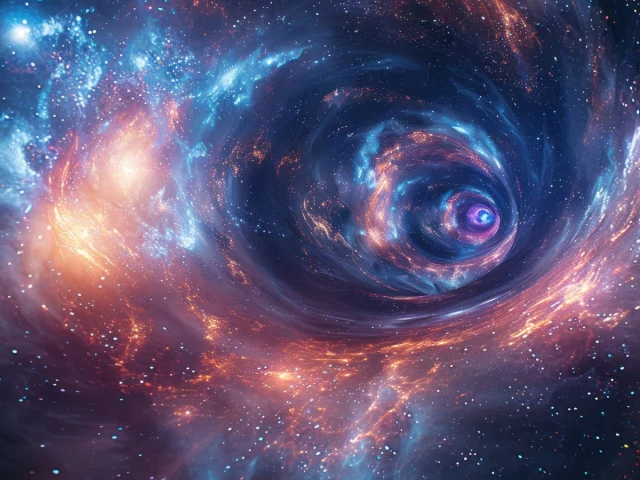Astronomers detect interstellar tunnels leading to distant stars
Discovery reveals hidden links between our solar system and distant parts of the galaxy

Astronomers have uncovered a surprising new structure in our region of the galaxy, an interstellar tunnel that appears to connect the bubble of hot gas surrounding our solar system to regions around other stars.
The finding comes from a study led by Dr. L. L. Sala and a team at the Max-Planck Institute, who analyzed data from the eROSITA X-ray instrument aboard the Spectrum-Roentgen-Gamma mission, combined with older observations from the ROSAT survey.
Our solar system sits inside what astronomers call the Local Hot Bubble, a region about 300 light-years wide filled with very hot, low-density gas. This bubble was created by supernovae, which are the explosive deaths of massive stars. These events occurred millions of years ago, heating the gas in the area and pushing aside cooler material.
By mapping soft X-ray emissions across the sky, the researchers examined faint signals from warm gas, cavities, and other features of the interstellar medium, which is the material found between stars. In the process, they identified a channel extending from the Local Hot Bubble toward the constellation Centaurus. Another possible channel may point toward the constellation Canis Major. These channels are unusual because they seem to break through or link regions inside the bubble, creating connections between our local space and more distant star systems.
The discovery supports older theories suggesting that the interstellar medium is not uniform but instead contains a network of cavities and pathways created by supernova explosions and stellar winds, which are streams of charged particles released by stars. The team also observed a north-south temperature difference at high galactic latitudes, meaning areas above and below the plane of the Milky Way are not equally hot or dense. This shows that the Local Hot Bubble itself has a more complex structure than previously thought.
While these findings give scientists a clearer picture of our cosmic environment, many questions remain unanswered. The exact size, shape, and number of these channels are still uncertain, and researchers do not yet fully understand how they formed. It is also unclear what role they might play in the movement of cosmic rays, the flow of interstellar dust, or the behavior of magnetic fields in the region.
The identification of these interstellar tunnels highlights how dynamic and interconnected the space around our solar system truly is. It adds another layer to our understanding of the forces that shaped our galactic neighborhood and points to the likelihood of even more complex structures waiting to be discovered as observational technology improves.



















COMMENTS
Comments are moderated and generally will be posted if they are on-topic and not abusive.
For more information, please see our Comments FAQ